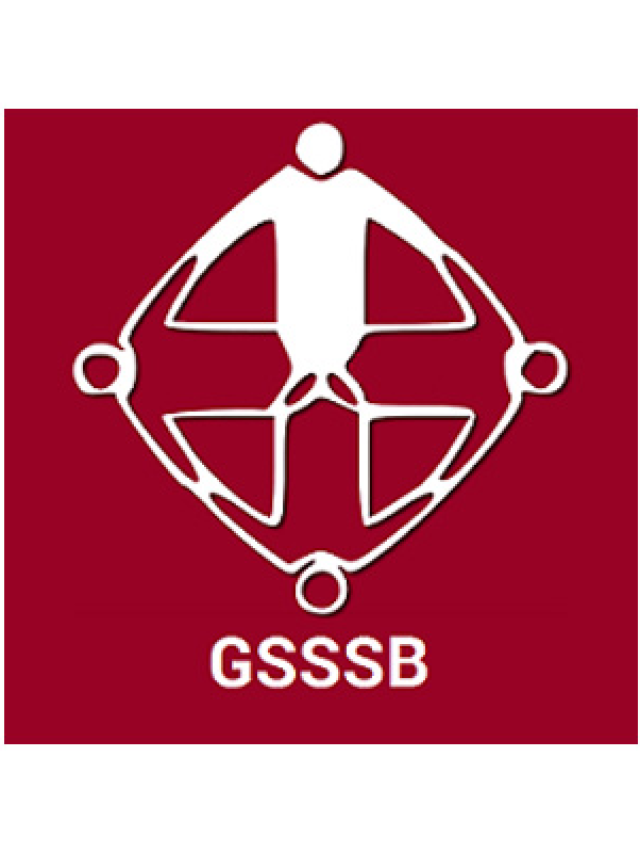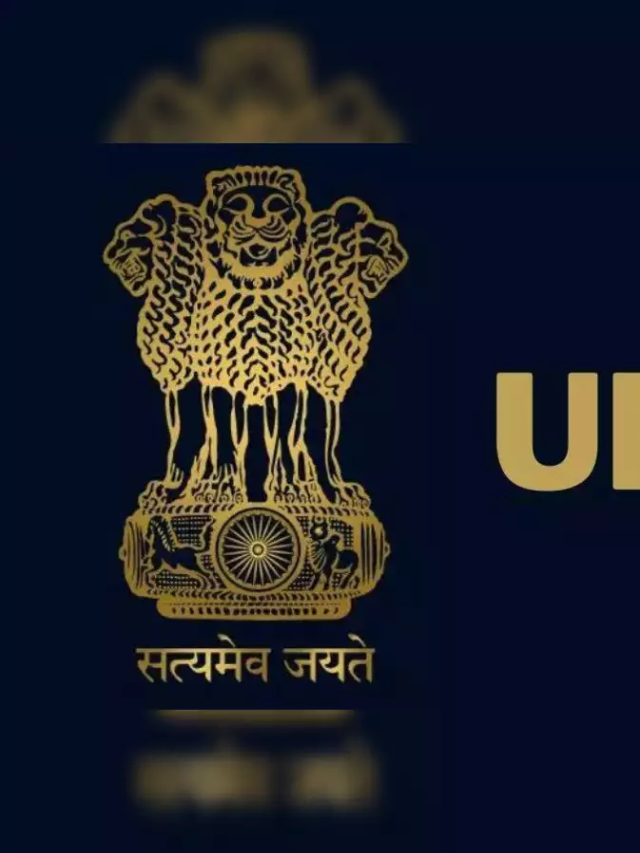Exercises Page No. 69
1. In what ways do pressure groups and movements exert influence on politics?
Answer.
Pressure groups and movements exert influence on politics in the following ways:
- They attempt to influence government policies
- They gain public support and sympathy for a cause
- They carry out protests, campaigns and exhibitions to gather people
- They lobby together to alter a decision
2. Describe the forms of relationship between pressure groups and political parties?
Answer.
The relationship between political parties and pressure groups can take different forms:
- Some pressure groups can have political ministers as their leaders. The ministers from one party could try to affect the policies of another party by forming a pressure group.
- Political parties participate in trade unions and students’ unions, either as a host or by mobilising support for such unions to fight against their rival parties.
- Movements for a cause can end up being a pressure group in various cases. An example of such a pressure group would be the Assam students movement that later became Asom Gana Parishad.
- They have an indirect relationship too, where they are in dialogue and negotiation.
3. Explain how the activities of pressure groups are useful in the functioning of a democratic government.
Answer.
The activities led by the pressure groups can push the government to rethink on the policies and acts proposed by them for the country. Depending on the demands put forward by the pressure groups, they can make a positive change in the country. Their activities, like campaigns or protests, can bring attention to the wrongful acts of the government, which otherwise remain behind the curtains. These pressure groups can help bring awareness to the citizens of the governmental activities, and hence, the political parties have to act in a responsible manner.
4. What is a pressure group? Give a few examples.
Answer.
There are many indirect ways in which people can get governments to listen to their demands or their points of view. They could do so by forming an organisation and undertaking activities to promote their interests or their viewpoints. These are called interest groups or pressure groups.
Example – Farmers’ Organisation – Bhartiya Kisan Union and All India Trade Union Congress
5. What is the difference between a pressure group and a political party?
Answer.
| Pressure Group | Political Party |
| Organised or unorganised | Organised |
| Participation is open to all | Participation is through a set norm |
| The cause is to fight against a common purpose | Their role is to form a government |
| They don’t contest elections | They contest elections |
| All participants have the same ideology | Ministers can have different ideologies |
6. Organisations that undertake activities to promote the interests of specific social sections such as workers, employees, teachers, and lawyers are called _____________________ groups.
Answer.
Organisations that undertake activities to promote the interests of specific social sections such as workers, employees, teachers, and lawyers are called sectional interest groups.
7. Which among the following is the special feature that distinguishes a pressure group from a political party?
- Parties take political stances, while pressure groups do not bother about political issues.
- Pressure groups are confined to a few people, while parties involve a larger number of people.
- Pressure groups do not seek to get into power, while political parties do.
- Pressure groups do not seek to mobilise people, while parties do.
Answer.
(c) Pressure groups do not seek to get into power, while political parties do.
8. Match List I (organisations and struggles) with List-II and select the correct answer using the codes given below the lists:
| List-I | List-II | |
| 1. | Organisations that seek to promote the interests of a particular section or group | A. Movement |
| 2. | Organisations that seek to promote a common interest | B. Political parties |
| 3. | Struggles launched for the resolution of a social problem with or without groups an organisational structure | C. Sectional interest groups |
| 4. | Organisations that mobilise people with a view to win political power | D. Public interest groups |
| 1 | 2 | 3 | 4 | |
| (a) | C | D | B | A |
| (b) | C | D | A | B |
| (c) | D | C | B | A |
| (d) | B | C | D | A |
Answer.
| 1 | 2 | 3 | 4 | |
| (b) | C | D | A | B |
9. Match List-I with List-II and select the correct answer using the codes given below the lists:
| List-I | List-II | |
| 1. | Pressure group | A. Narmada Bachao Andolan |
| 2. | Long-term movement | B. Asom Gana Parishad |
| 3. | Single issue movement | C. Women’s movement |
| 4. | Political party | D. Fertilizer dealers’ association |
| 1 | 2 | 3 | 4 | |
| (a) | D | C | A | B |
| (b) | B | A | D | C |
| (c) | C | D | B | A |
| (d) | B | D | C | A |
Answer.
| 1 | 2 | 3 | 4 | |
| (a) | D | C | A | B |
10. Consider the following statements about pressure groups and parties.
- Pressure groups are the organised expression of the interests and views of specific social sections.
- Pressure groups take positions on political issues.
- All pressure groups are political parties.
Which of the statements given above are correct?
- A, B, and C
- A and B
- B and C
- A and C
Answer.
(b) A and B
Popular Struggles and Movements Summary
Chapter 5 of NCERT Social Science Civics textbook – Democratic Politics-II will discuss what a pressure group is and their role in the Indian society. Students will be taught about the popular struggles in India and across the world. The idea behind this chapter is to expose students to the sectional interest groups, which are a form of a pressure group. The popular movements in India, like Assam students’ movement will be introduced along with the role of pressure groups in the politics of the government.
The students will also get to know about the following topics:
- Popular struggles in Nepal and Bolivia
- Movement for democracy in Nepal
- Bolivia’s Water War
- Democracy and popular struggles
- Mobilisation and organisations
- Pressure groups and movements
- Is their influence healthy?
.NCERT Solutions for Class 10 Civics Chapter 5 – Popular Struggles and Movements
Frequently Asked Questions on NCERT Solutions for Class 10 Political Science Chapter 5
How to prepare the Chapter 5 of NCERT Solutions for Class 10 Political Science for board exam?
After reading the chapter, you have to move on the exercise wise questions present at the end. To understand the method of answering questions, students should refer to the NCERT Solutions prepared by the faculty at ETSBUY. The solutions can be accessed by the students to learn the concepts and practice on their own. The main aim is to help students understand the chapter and learn new topics at their own pace. The PDF format of solutions are present with a free download link through which the students can download both chapter wise and exercise wise answers based on their needs.








